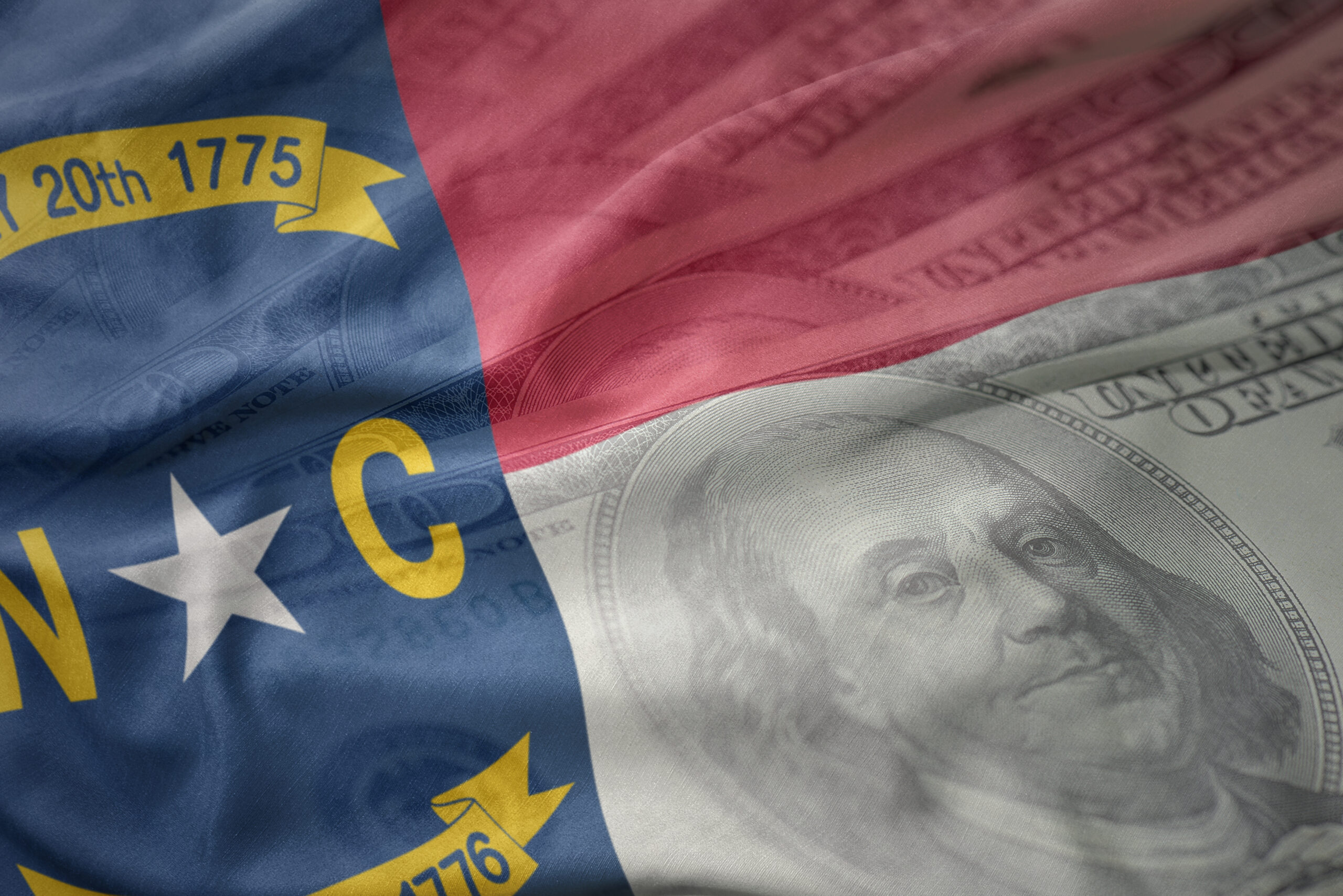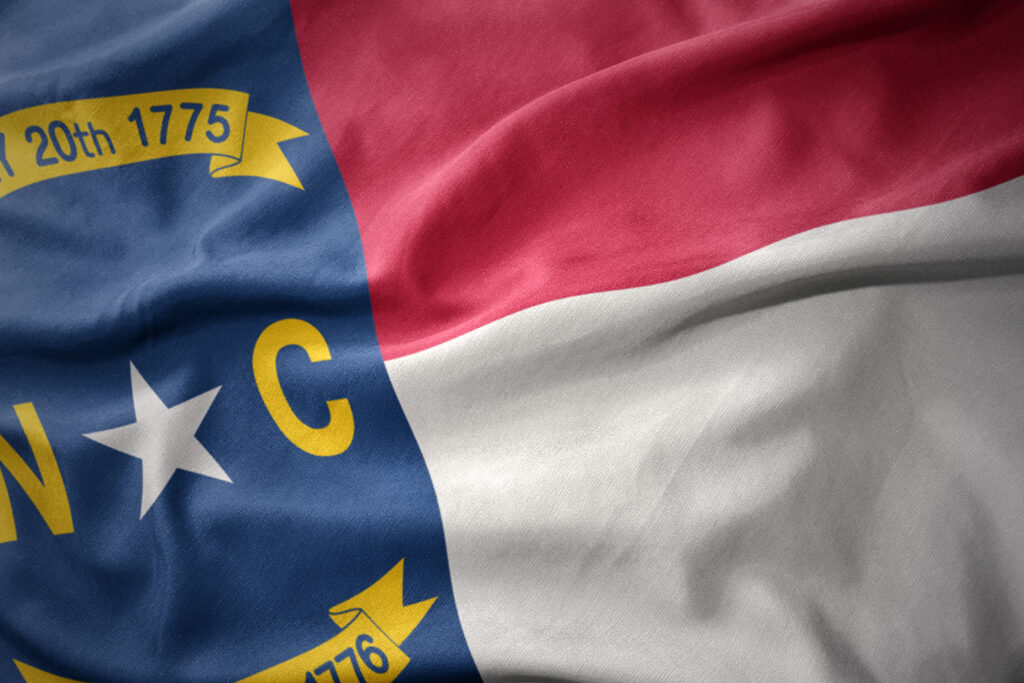
Federal COVID aid helped reduce racial employment gaps, but a lot of work still to do in NC
With all of the focus on inflation over the past few years, an important and instructive story has often been lost in the noise. Unlike past recoveries when the effects of a recession linger much longer for workers of color, the strong economic growth fueled by federal COVID-aid has dramatically reduced the employment gap between white and Black workers nationwide.
Barriers to employment like lack of access to workforce training and racist hiring practices have meant that workers of color have had a harder time finding work for decades. In the early 1980s, the share of white people working was nearly 10 percentage points higher than among Black workers. After slowly decreasing in the years after the Great Recession, the gap between white and Black workers shot up again with the recession triggered by COVID-19. Since then, the divide has fallen to almost zero as a strong recovery created opportunities more widely than we’ve seen in recent cycles.
No one thing is entirely responsible for the falling racial employment gap, but federal aid that sped our economic recovery from COVID-19 has played a vital role. A tight labor market is a great equalizer as employers are forced to overcome explicit and structural barriers they often place in front of workers of color. The past few years prove that racial employment gaps aren’t naturally occurring, but are the result of public policies and the practices of private employers.
Before we get too excited, there’s still a lot of work to do here in North Carolina.
While North Carolina continues to add jobs and the headline unemployment rate for March (3.5 percent) was near record lows, racial employment divides remain larger in North Carolina than in many parts of the country.
In the fourth quarter of last year (the most recent data we have at the state level), the unemployment rate for Black workers in North Carolina was still 7.5 percent, compared with only 3.5 percent for their white colleagues. Hispanic unemployment sat between at 4.3 percent.
It is important to note that the official unemployment rate is calculated differently from the measure noted above that shows the racial employment gap has almost disappeared. The official unemployment rate only considers people who are actively looking for work, while the other measure looks at the share of the total population who are employed.
Taken together, it’s a complicated story, one with both cause for celebration and concern. Federal investments and aid to families boosted our recovery from COVID-19 and helped to bring about a labor market tight enough to extend employment opportunities to communities that are often on the economic margins. On the other hand, we have not erased generations of racial barriers to employment here in North Carolina, so there’s still need for public policy to create a truly level economic playing field.



